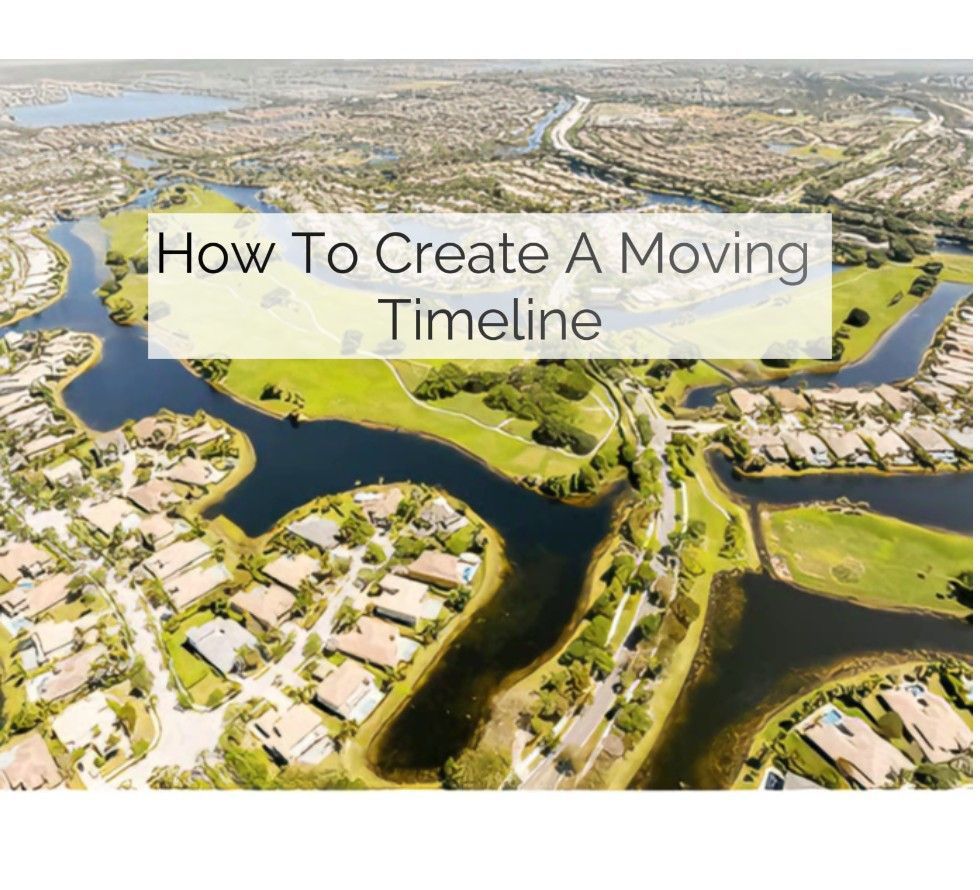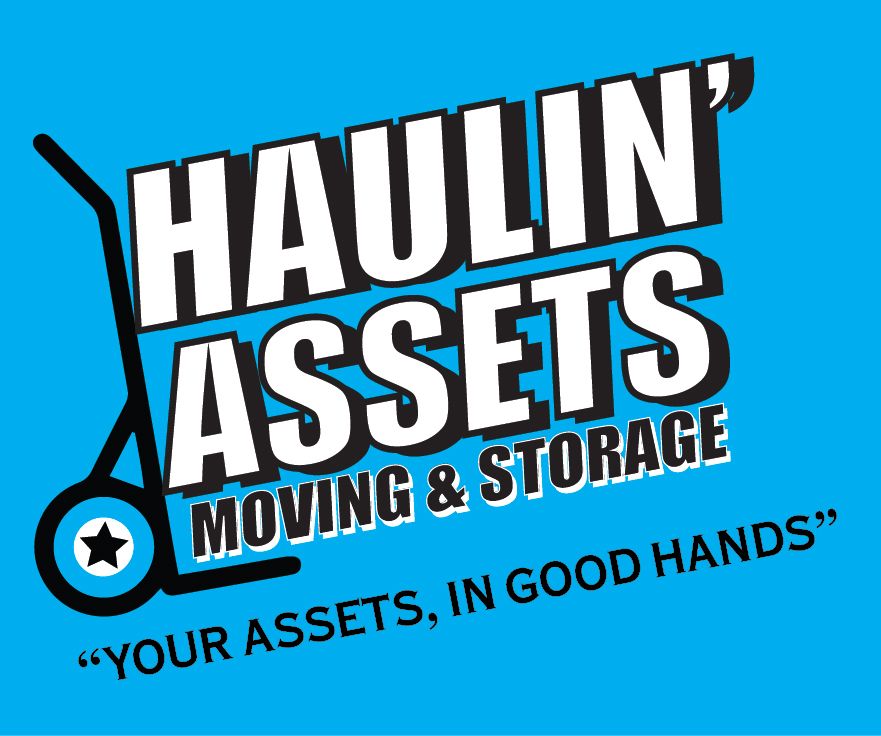Introduction to Coconut Creek, FL: Nestled in Broward County, Coconut Creek is a vibrant city known for its lush greenery and charming neighborhoods. Often referred to as the "Butterfly Capital of the World," Coconut Creek offers a harmonious blend of suburban comfort and natural beauty, making it an ideal destination for families, retirees, and young professionals alike. Historical Background: Founded in the 1960s, Coconut Creek, Florida has grown into a dynamic community over the decades. Originally part of nearby Pompano Beach, the area was developed with an emphasis on preserving natural landscapes and wildlife. Today, it stands as a testament to balanced growth and environmental sustainability.
Living in Coconut Creek
Demographics
Population Statistics: As of the latest census, Coconut Creek boasts a population of approximately 60,000 residents. The city's population has seen a steady increase, reflecting its growing popularity.
Diversity and Community: Coconut Creek is known for its diverse and inclusive community. The city hosts a mix of cultures and backgrounds, contributing to a vibrant local culture. Community events and festivals further strengthen these bonds, providing ample opportunities for residents to connect.
Housing
Types of Homes Available: Whether you're looking for a cozy apartment or a spacious single-family home, Coconut Creek has something for everyone. The city offers a variety of housing options, including condominiums, townhomes, and luxury estates.
To assist with your move to Coconut Creek, consider our services at Haulin’ Assets Moving & Storage for a seamless transition.
Notable Residential Areas: Some of the most sought-after neighborhoods include:
- Winston Park: Known for its excellent schools and family-friendly environment.
- Cocoplum: Features beautiful gated communities and amenities.
- Regency Lakes: Offers a mix of modern homes and recreational facilities.
Quality of Life
Community and Lifestyle
Family-Friendly Environment: With excellent schools, numerous parks, and family-friendly events, Coconut Creek is perfect for families.
Community Engagement and Events: Community spirit is strong with events such as:
- Monthly Farmer’s Markets
- Annual Festival of Lights
Senior Living and Retirement Options: The city offers retirement communities like:
- Wynmoor Village
- Cenegenics Elite Health
Environment and Sustainability
Green Initiatives and Programs: Coconut Creek is acclaimed for its environmental stewardship, hosting programs like:
- Green Business Certification
- Community Garden Initiatives
Climate and Weather Patterns: Enjoy a tropical climate with warm, sunny weather year-round.
Real Estate and Moving Services
Real Estate Market Trends
Current Market Trends and Predictions: Recent trends show a positive growth trajectory, with increasing property values and a high demand for homes.
Tips for Buying or Renting in Coconut Creek:
- Research Neighborhoods: Explore different communities.
- Hire a Local Realtor: Utilize local experts.
- Inspect Homes: Thoroughly inspect potential homes.
Moving to Coconut Creek
Checklist for New Residents:
- Set Up Utilities: Ensure all essential services are in place.
- Change Address: Update your mailing address.
- Meet the Neighbors: Introduce yourself and get involved.
Why Coconut Creek Could Be Your Next Home
Recap of Key Points: Coconut Creek blends suburban charm with modern amenities, offering diverse housing options, excellent schools, vibrant community life, and robust health services.
Why Coconut Creek Stands Out: It is a thriving community with a commitment to environmental sustainability, a strong local economy, and a safe, inclusive environment.
Contact Haulin’ Assets Moving & Storage for a Smooth Move to Coconut Creek, FL: Ready to make Coconut Creek your new home? Reach out to Haulin’ Assets Moving & Storage for all your moving needs.


